These African Birds Were Seen Panting Like Dogs And Scientists Finally Know Why
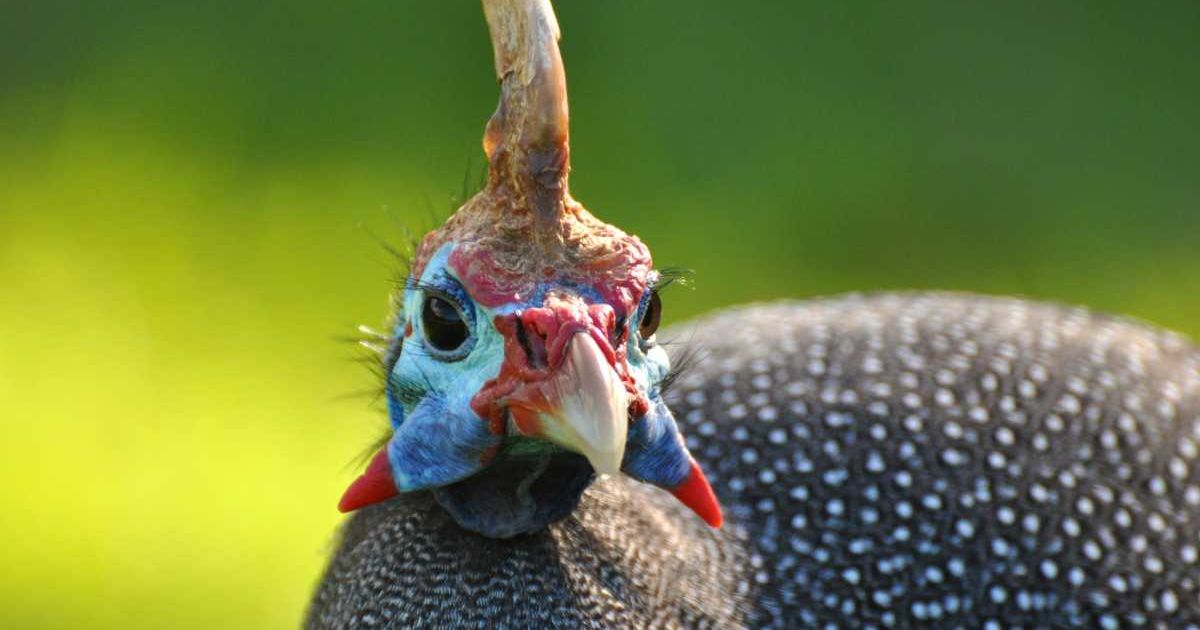
In South Africa, some people don’t set alarm clocks on their smartphones. Instead, they wake up each day with the high-pitched buckwheat calls piercing through their windows. The raucous calls come from this bizarre creature, nicknamed “helmeted guineafowl,” that looks like a mix of chicken and Congo peacock. You’ll often find them stirring on the grounds, with a spider or a snake clinging between their beak. Their unique plumage resembles a plush cushion upholstered with zillions of pearly beads. Greeks believed that these beads were the teardrops of women who were sisters of a prince who was killed by his mother, per UCL.
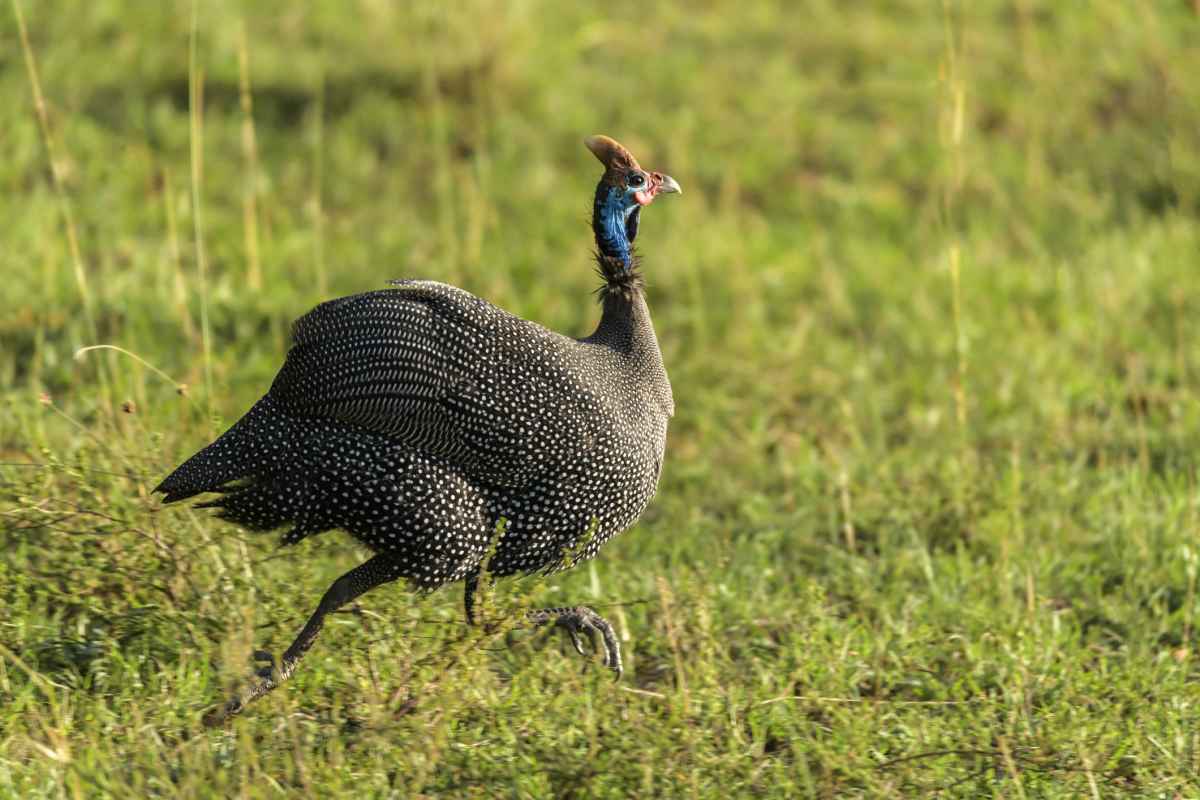
In a new paper published in the journal African Zoology, researchers from South Africa studied how these land-dwelling creatures survive extreme climates, from cold to blazing heat. As it turns out, these “pearl hens” have a full array of strategies, one of them being panting like dogs. Unlike chickens, these guineafowls don’t like to be held, according to a video by Little Farm Land. They scurry on the ground, roost on trees, and make a lot of noise the whole time. Unlike most other birds, these birds don’t even fly away when encountering predators. Instead, they rely on their strong legs, high speed, and agility to escape and protect their families.
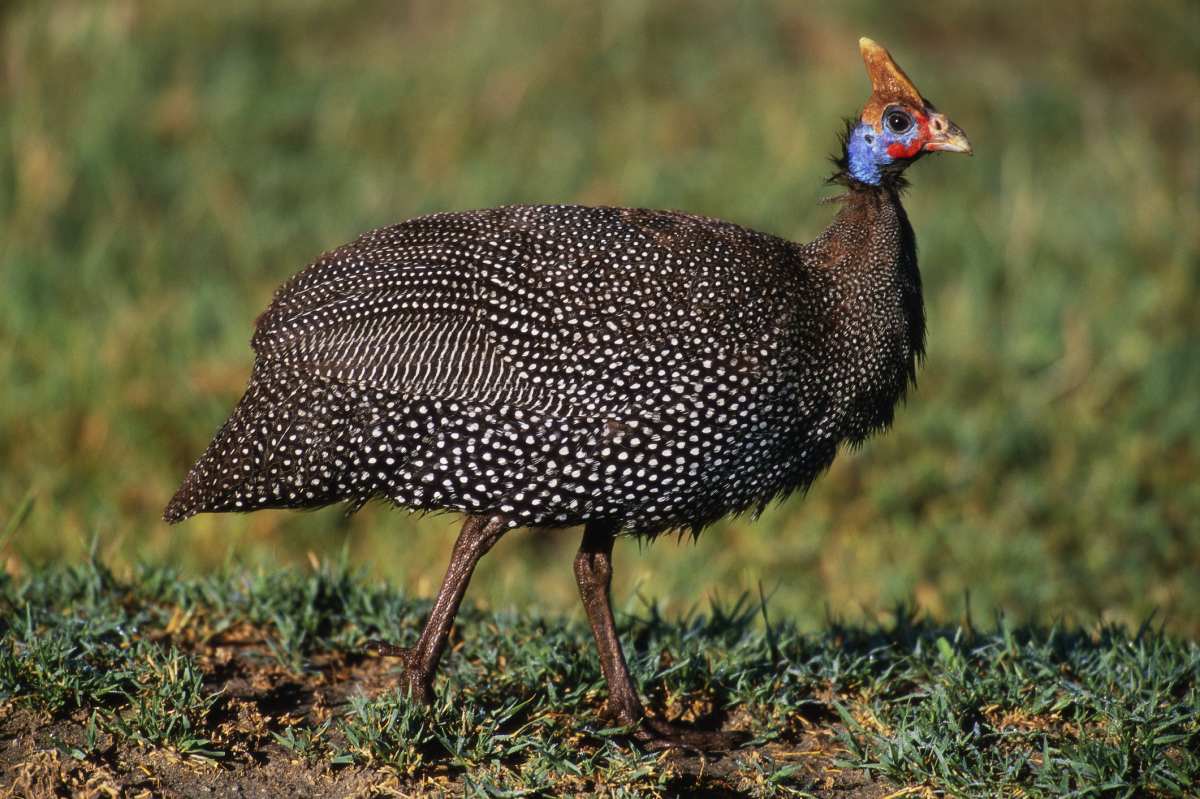
The objective of this research was to investigate how Africa’s most familiar bird survives climatic extremes. As the National Climate Change Information System explains, South Africa is susceptible to a medley of extreme climate conditions, including floods, droughts, wildfires, surging storms, heatwaves, lightning strikes, windstorms, hailstorms, and rising sea levels. These helmet-crowned guineafowls, however, are adapted to surviving and evolving these conditions.
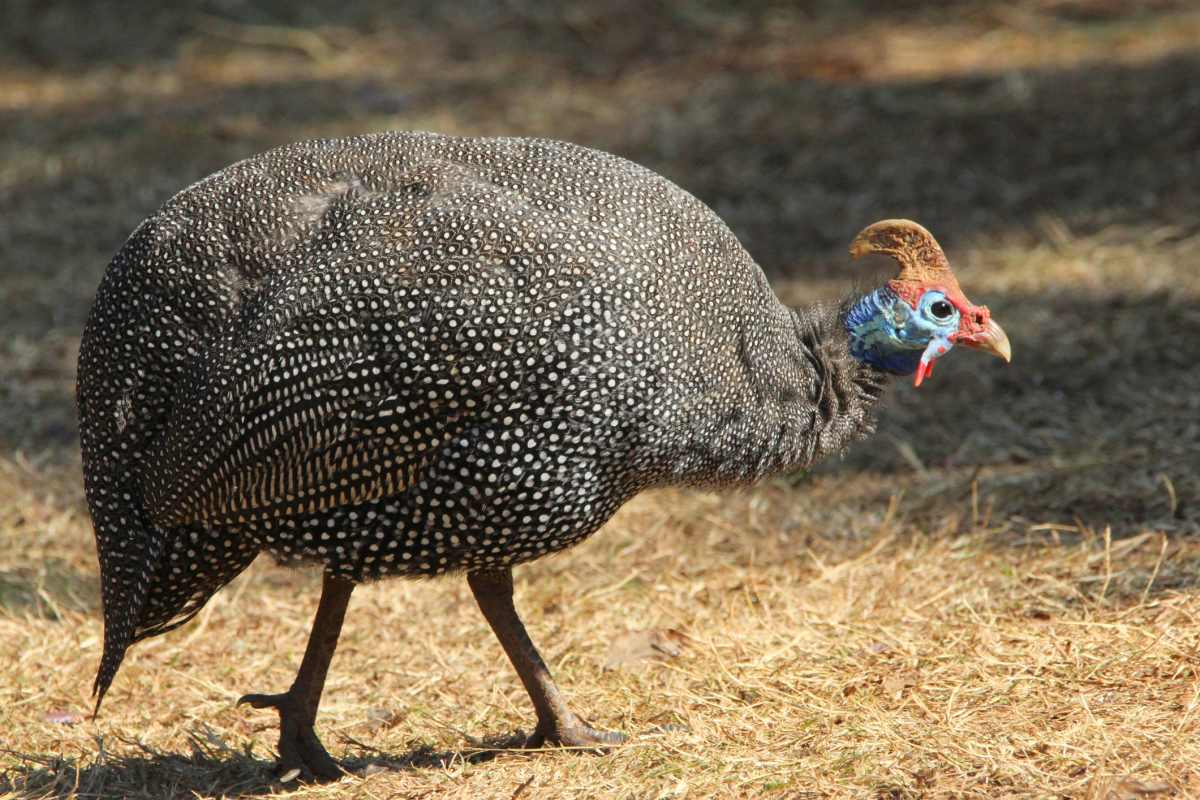
The study, led by Dr. Johann van Niekerk from the University of South Africa, together with researchers in Spain, started with an experiment. The experiment was organized in South Africa’s Madikwe Game Reserve, a protected area near the Botswana border, where sharp fluctuations in weather often make the habitable conditions challenging for local inhabitants. Since guineafowl cherish their privacy and boundaries, the researchers set up a live-streaming webcam at a busy waterhole that would allow them to observe the birds without disturbing them.

They collected data from the camera for over a year and recorded factors like group size, body posture, and daily routines of the birds, as well as the variations they displayed depending on seasonal changes. They also recorded how these critters behaved when confronted by a predatory animal such as a dog. Analysis of the recordings revealed that the birds had a lot of strategies and techniques to survive the climate as well as the predators. On warmer days, especially, an unusual strategy they employed to shoo away the predators was: panting like dogs.
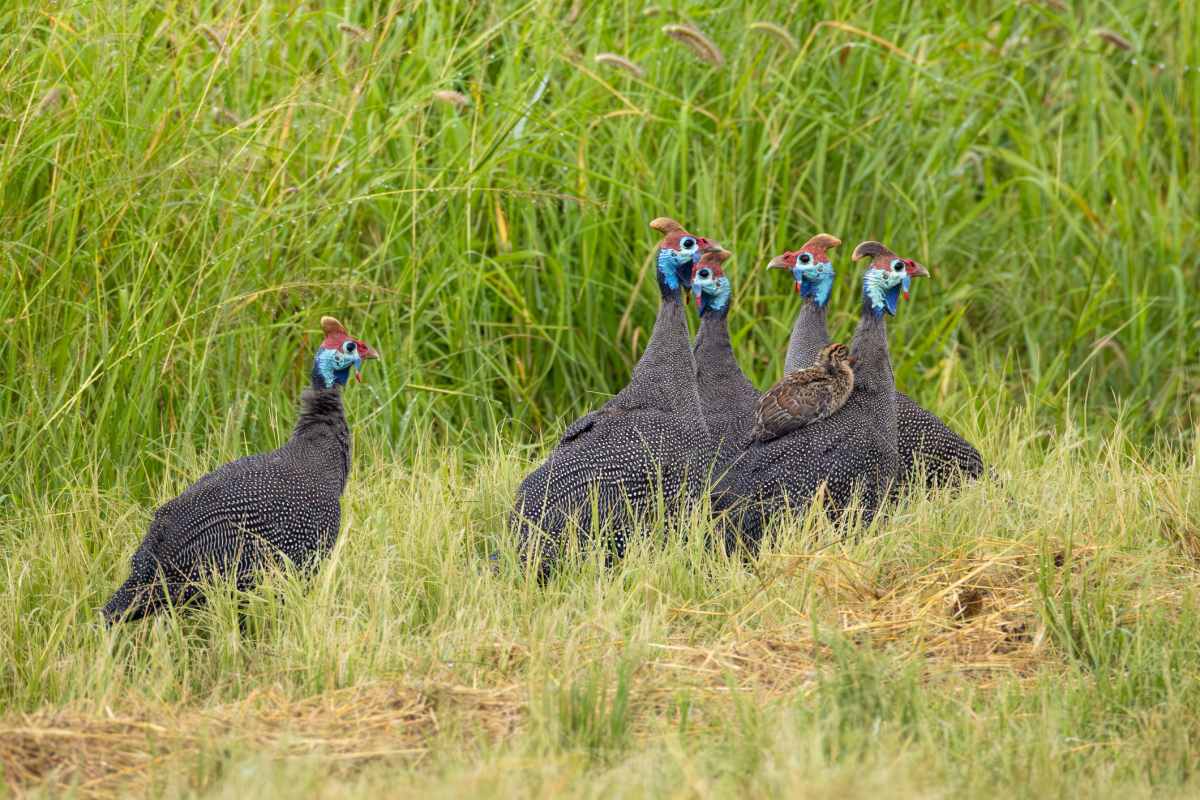
“On warmer days, they stood tall with their necks fully extended, legs exposed, and feathers sleek to release excess heat. When temperatures soared above 30°C, they opened their beaks to pant, spread their wings slightly away from their bodies, and exposed bare skin to cool off, much as a dog pants on a hot day,” Doctor Niekerk described in The Conversation.
How do helmeted guineafowl survive both frosty mornings and scorching days? 🐦 New research reveals their surprising strategies. ❄️https://t.co/Lqcu9077fQ
— The Conversation Africa (@TC_Africa) July 14, 2025
💻 Johann van Niekerk, @unisa
The study mentioned that a guineafowl’s comfort in extreme temperatures is impressive. They can endure temperatures ranging from minus four degrees to forty degrees in the climate of South Africa, something which is rare in birds except for some local species like ostriches, sandgrouse, and raptors. "What we found was striking," Dr. Niekerk, who is also the lead study author, explained.
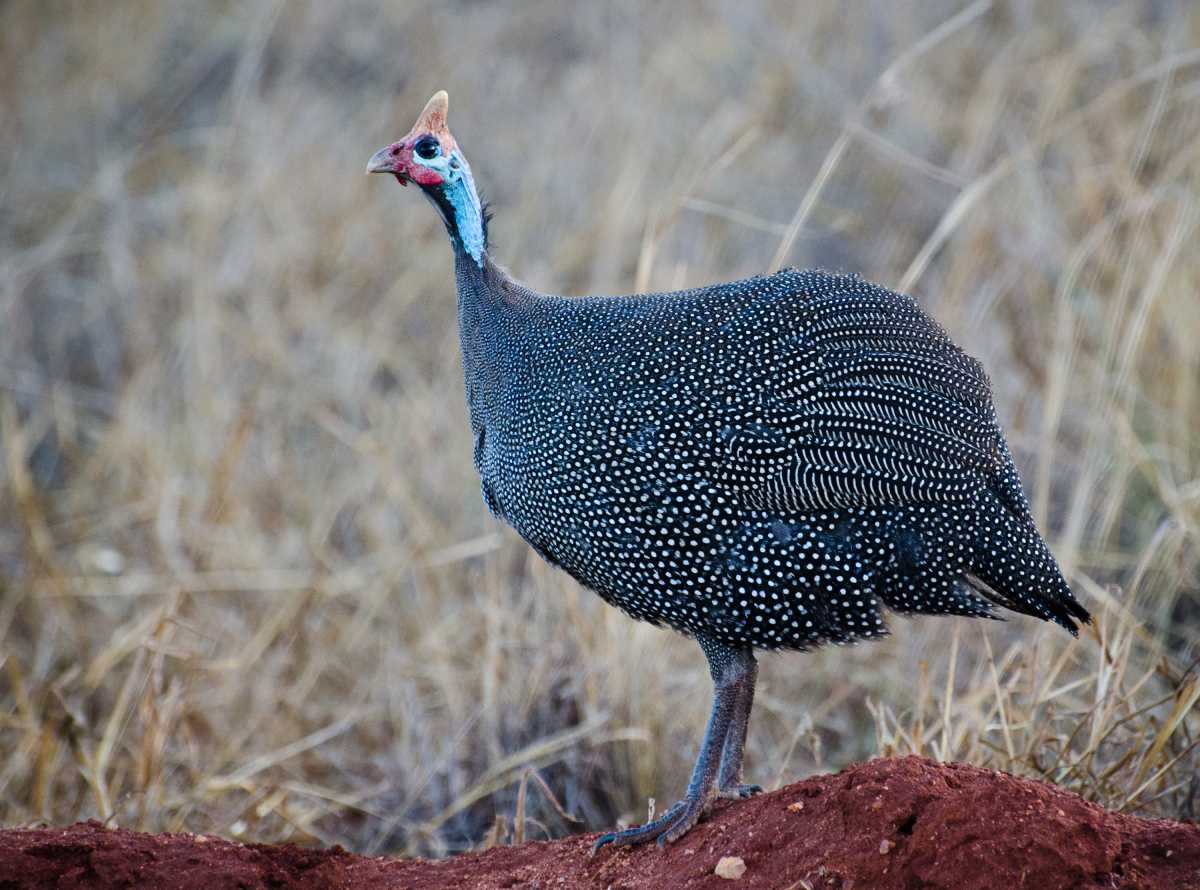
In contrast to the heat-surviving strategy, the guineafowls also displayed a diversity of approaches when it came to surviving extreme cold. Puffing their feathers, for instance. At the rising of the sun in the morning, they left to roost in flocks, all the while fluffing their feathers and tucking their blue-and-red-collared necks inside their bodies to trap heat. Additionally, they were observed to be huddling together, a technique scientifically called “social thermoregulation,” that many mammals and birds use to conserve and cradle heat amid cold.
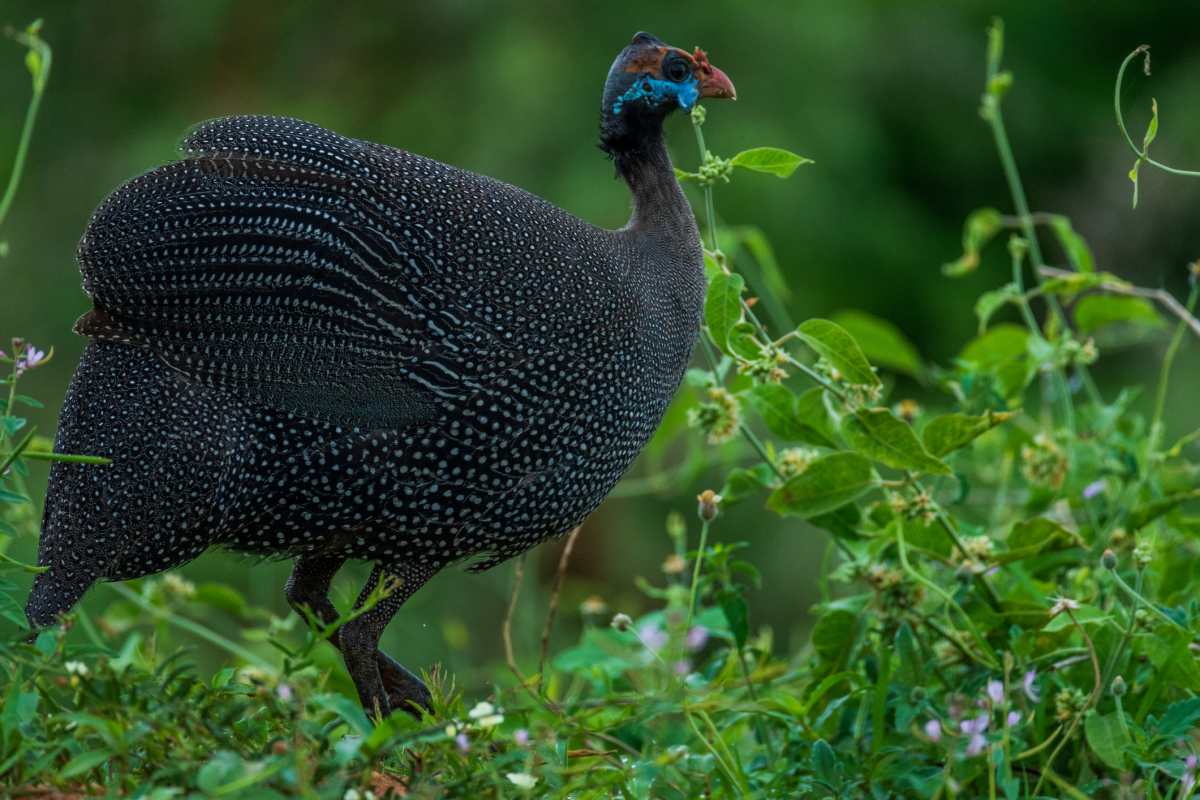
Huddling was sometimes accompanied by cuddling and posture adjustment, all for warmth and safety needs. In addition to these strategies, the birds were identified as highly social creatures that love to form large groups, in something Niekerk called the ”many eyes hypothesis.” The larger their huddle is, the more protected they feel in case a predator pops up for a sudden attack.
More on Green Matters
This Intelligent Parrot Was the First One Ever in the Animal Kingdom to Ask an Existential Question
Some Rhinos in South Africa Have Radioactive Horns — a Bold Attempt to Save Them From Poachers
Clever Crows Are Now Picking Up Cigarette Butts — And Quietly Saving Millions in Cleaning Costs